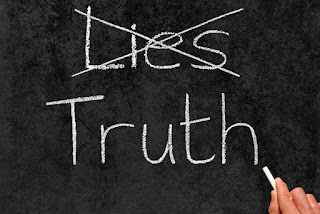MEST3 Independent case study: New/Digital Media
The basics
Your chosen industry:
Music
Your chosen case study:
The impact the growth of Spotify is having on the music industry
Audience
1)
New and digital media has meant that audiences can now gain access to music whether it's a single or an album 'in an instant.' Digital has taken over, allowing audiences to access music on a variety of devices with just a few taps being required unlike their physical counterpart.
2)
Rather than use things like a CD or record player like in the past, audiences now use their internet-connected devices to go on a streaming service like Spotify and listen to their collection of music there. This gives them the opportunity to access it on multiple devices that they own.
3)
4)
Services like Spotify have made it so that it's a lot easier not only to access, but to also gain new access to music that perhaps the listener wouldn't have paid attention to before. Things like curated playlists make way for things like this, creating a set of songs for the audience to listen to based on their previous listens. As well as this, people get to see what music is the most popular around the world easily whether it's based on genre or nation.
5)
6)
Diversion: with the ease involved in accessing music as a result of the emergence of services like Spotify, a greater sense of this can be said to derived by audiences as they are able to listen to virtually whatever music they want to
Personal Relationships: N/A
Personal Identity: N/A
Surveillance:
7)
Distribution of active Spotify users in the United States as of April 2015, by age:
13 - 18 years: 21%
18 - 24 years: 26%
25 - 29 years: 15%
30 - 34 years: 11%
35 - 44 years: 14%
45 - 54 years: 9%
55 - 64 years: 4%
65 years and older: 2%
Institution
1)
2)
3)
4)
5)
6)
UGC
1)
2)
Marxism, Pluralism and Hegemony
1)
2)
3)
Globalisation
1)
2)
3)
Social media
1)
2)
3)
Statistics
1)
2)
3)
Theories
1)
Issues/debates
1)
Wider examples and secondary texts
1)
Audience
1)
New and digital media has meant that audiences can now gain access to music whether it's a single or an album 'in an instant.' Digital has taken over, allowing audiences to access music on a variety of devices with just a few taps being required unlike their physical counterpart.
2)
Rather than use things like a CD or record player like in the past, audiences now use their internet-connected devices to go on a streaming service like Spotify and listen to their collection of music there. This gives them the opportunity to access it on multiple devices that they own.
3)
4)
Services like Spotify have made it so that it's a lot easier not only to access, but to also gain new access to music that perhaps the listener wouldn't have paid attention to before. Things like curated playlists make way for things like this, creating a set of songs for the audience to listen to based on their previous listens. As well as this, people get to see what music is the most popular around the world easily whether it's based on genre or nation.
5)
6)
Diversion: with the ease involved in accessing music as a result of the emergence of services like Spotify, a greater sense of this can be said to derived by audiences as they are able to listen to virtually whatever music they want to
Personal Relationships: N/A
Personal Identity: N/A
Surveillance:
7)
Distribution of active Spotify users in the United States as of April 2015, by age:
13 - 18 years: 21%
18 - 24 years: 26%
25 - 29 years: 15%
30 - 34 years: 11%
35 - 44 years: 14%
45 - 54 years: 9%
55 - 64 years: 4%
65 years and older: 2%
Institution
1)
2)
3)
4)
5)
6)
UGC
1)
2)
Marxism, Pluralism and Hegemony
1)
2)
3)
Globalisation
1)
2)
3)
Social media
1)
2)
3)
Statistics
1)
2)
3)
Theories
1)
Issues/debates
1)
Wider examples and secondary texts
1)








